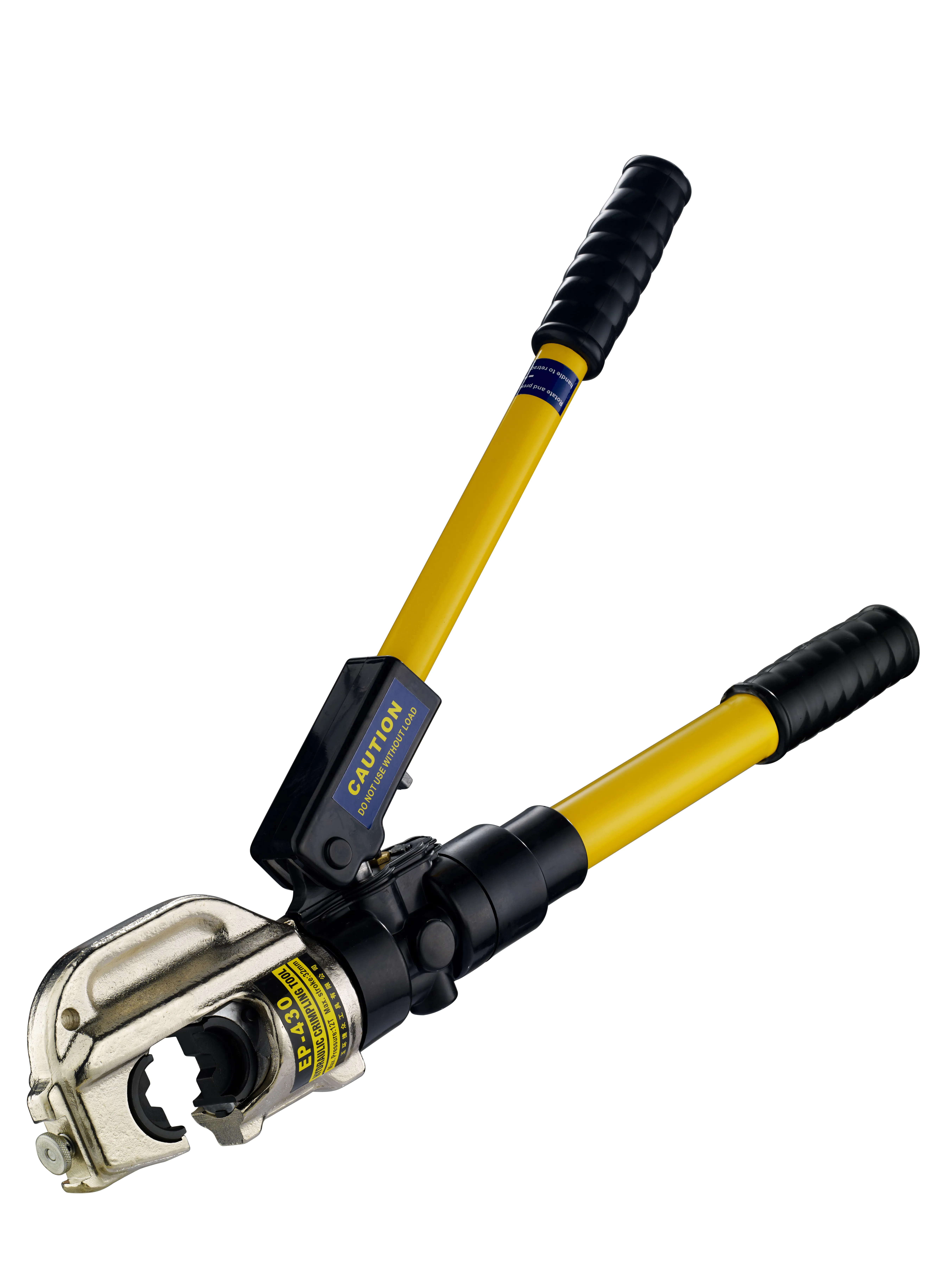
-
 Afrikaans
Afrikaans -
 Albanian
Albanian -
 Amharic
Amharic -
 Arabic
Arabic -
 Armenian
Armenian -
 Azerbaijani
Azerbaijani -
 Basque
Basque -
 Belarusian
Belarusian -
 Bengali
Bengali -
 Bosnian
Bosnian -
 Bulgarian
Bulgarian -
 Catalan
Catalan -
 Cebuano
Cebuano -
 Corsican
Corsican -
 Croatian
Croatian -
 Czech
Czech -
 Danish
Danish -
 Dutch
Dutch -
 English
English -
 Esperanto
Esperanto -
 Estonian
Estonian -
 Finnish
Finnish -
 French
French -
 Frisian
Frisian -
 Galician
Galician -
 Georgian
Georgian -
 German
German -
 Greek
Greek -
 Gujarati
Gujarati -
 Haitian Creole
Haitian Creole -
 hausa
hausa -
 hawaiian
hawaiian -
 Hebrew
Hebrew -
 Hindi
Hindi -
 Miao
Miao -
 Hungarian
Hungarian -
 Icelandic
Icelandic -
 igbo
igbo -
 Indonesian
Indonesian -
 irish
irish -
 Italian
Italian -
 Japanese
Japanese -
 Javanese
Javanese -
 Kannada
Kannada -
 kazakh
kazakh -
 Khmer
Khmer -
 Rwandese
Rwandese -
 Korean
Korean -
 Kurdish
Kurdish -
 Kyrgyz
Kyrgyz -
 Lao
Lao -
 Latin
Latin -
 Latvian
Latvian -
 Lithuanian
Lithuanian -
 Luxembourgish
Luxembourgish -
 Macedonian
Macedonian -
 Malgashi
Malgashi -
 Malay
Malay -
 Malayalam
Malayalam -
 Maltese
Maltese -
 Maori
Maori -
 Marathi
Marathi -
 Mongolian
Mongolian -
 Myanmar
Myanmar -
 Nepali
Nepali -
 Norwegian
Norwegian -
 Norwegian
Norwegian -
 Occitan
Occitan -
 Pashto
Pashto -
 Persian
Persian -
 Polish
Polish -
 Portuguese
Portuguese -
 Punjabi
Punjabi -
 Romanian
Romanian -
 Russian
Russian -
 Samoan
Samoan -
 Scottish Gaelic
Scottish Gaelic -
 Serbian
Serbian -
 Sesotho
Sesotho -
 Shona
Shona -
 Sindhi
Sindhi -
 Sinhala
Sinhala -
 Slovak
Slovak -
 Slovenian
Slovenian -
 Somali
Somali -
 Spanish
Spanish -
 Sundanese
Sundanese -
 Swahili
Swahili -
 Swedish
Swedish -
 Tagalog
Tagalog -
 Tajik
Tajik -
 Tamil
Tamil -
 Tatar
Tatar -
 Telugu
Telugu -
 Thai
Thai -
 Turkish
Turkish -
 Turkmen
Turkmen -
 Ukrainian
Ukrainian -
 Urdu
Urdu -
 Uighur
Uighur -
 Uzbek
Uzbek -
 Vietnamese
Vietnamese -
 Welsh
Welsh -
 Bantu
Bantu -
 Yiddish
Yiddish -
 Yoruba
Yoruba -
 Zulu
Zulu


ruj . 03, 2024 10:08 Back to list
High-Quality Cable Tray Cable Clamps | Secure Your Cables Efficiently
Understanding Cable Tray and Cable Clamps
In today’s modern infrastructure, effective management of electrical and data cabling is crucial for ensuring safety, efficiency, and organization. A fundamental component of this system is the cable tray, which provides a robust support structure for a variety of cables. Coupled with cable clamps, these two elements work synergistically to maintain the integrity of electrical installations.
Understanding Cable Tray and Cable Clamps
Cable clamps play a vital role in securing cables within these trays. They ensure that cables remain safely in place, reducing the risk of cable movement that could lead to wear, accidental disconnection, or safety hazards. Clamps come in various designs, including adjustable and fixed models, allowing for flexibility depending on the type and size of cables being used. A proper selection of clamps is essential, as they should provide sufficient grip without damaging the insulation of the cables.
cable tray cable clamps

Installation of cable trays and clamps should be performed according to industry standards and manufacturer guidelines. This ensures not only the safety and effectiveness of the system but also compliance with regulations set forth by electrical safety authorities. Furthermore, routine inspections and maintenance are necessary to identify any wear or looseness in the clamps or trays, preventing potential failures that could disrupt operations.
Using quality materials for both cable trays and clamps is crucial in ensuring longevity and reliability. Galvanized steel, aluminum, and non-metallic materials are common choices, each with its own advantages regarding weight, resistance to corrosion, and overall durability.
In conclusion, cable trays and clamps are essential components of any effective cabling management system. By providing a secure and organized method for cable installation, they contribute significantly to the safety and efficiency of electrical systems. As technological advancements continue to shape the world of electrical engineering, the importance of these elements will undoubtedly endure, ensuring that our systems remain reliable and robust.
Latest news
Your Best Choice for Duct Rodder and Fish Tape Wire Puller Tools
NewsAug.13,2025
Unlocking Efficiency and Precision with Premium Cable Tools and Equipment
NewsAug.13,2025
Smart Solutions with Precision: Cable Pulling Tools That Deliver
NewsAug.13,2025
Reliable Protection with Advanced Hot Stick Technology
NewsAug.13,2025
Reliable Cable Installation Tools at Your Fingertips
NewsAug.13,2025
Optimized Cable Laying with Heavy-Duty Solutions for Modern Projects
NewsAug.13,2025











